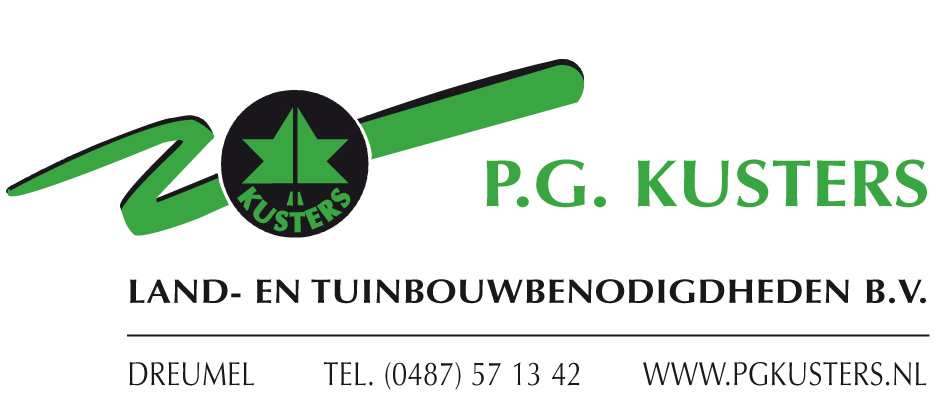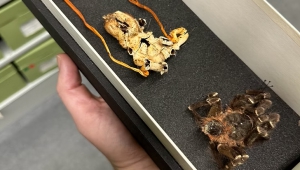Fungi have revolutionised medicine, yielding some of the most crucial pharmaceuticals in history. From the accidental discovery of penicillin in 1928 to the blockbuster statins that transformed cholesterol management, fungal-derived compounds have shaped modern healthcare. But as researchers exhaust conventional screening methods, new genomic tools and bioinformatics are opening up fresh opportunities for drug discovery.
A fascinating review from London Kew Gardens's research team published in Biomolecules (Prescott et al., 2023) delves into the past, present, and future of fungal drug discovery, highlighting approved drugs, clinical trials, and innovative approaches that could unlock the next generation of therapeutics.
A History of Game-Changing Fungal Drugs
Fungi have provided key treatments for chronic infections, autoimmune diseases, and metabolic disorders. Penicillin, derived from Penicillium rubens, was the first antibiotic and remains one of the most important medical discoveries of the 20th century. It paved the way for cephalosporins, another major class of antibiotics originally extracted from Acremonium chrysogenum. These compounds revolutionised medicine, drastically reducing mortality from bacterial infections.
Antifungal drugs have also emerged from fungal sources. Penicillium griseofulvum produces griseofulvin, used to treat dermatophytic infections, while Aspergillus spinulosporus is responsible for echinocandins, a crucial class of antifungals that inhibit fungal cell wall synthesis and are often used for severe, resistant infections.
Please read the full article here.
Source: MycoStories
Photo: Marc Violo, founder at MycoStories





















